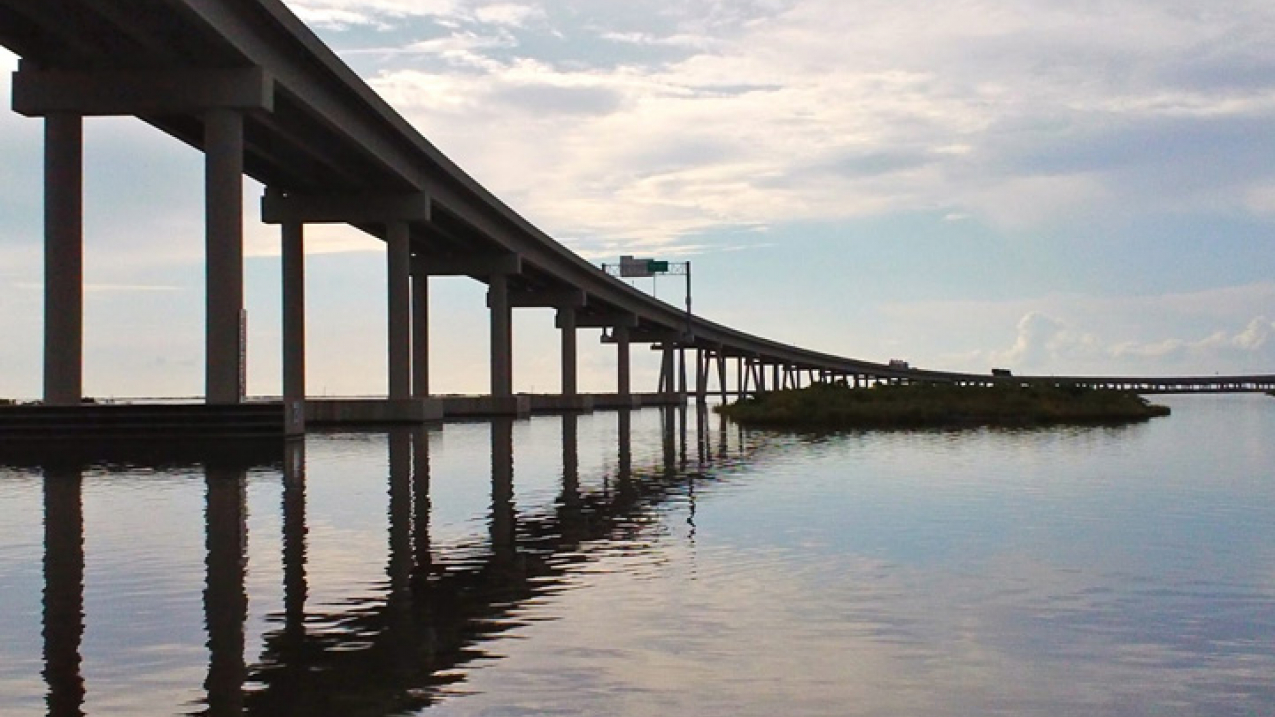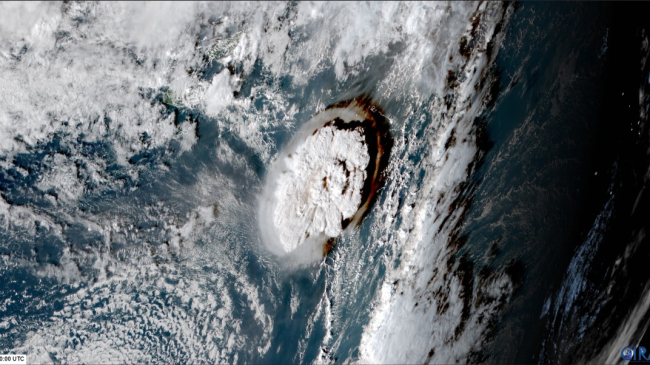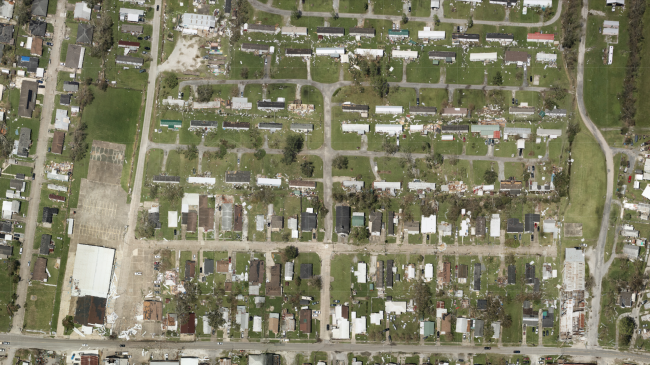Sensors fill critical data gap in weather forecast accuracy
New water level and weather sensors on Lake Pontchartrain will provide additional data to improve storm surge warnings for the western portion of the lake. The new real-time data will allow local officials to improve emergency response and evacuation planning in an area that is extremely vulnerable to surge and had significant storm surge during Hurricane Isaac in 2012.

Nine miles of LA-1, from Leeville to Port Fourchon, are elevated to withstand flooding. The remaining section of the roadway, from Golden Meadow to Leeville, is level with Bayou LaFourche and vulnerable to frequent flooding. (Image credit: Caitlyn Kennedy Esposito)




